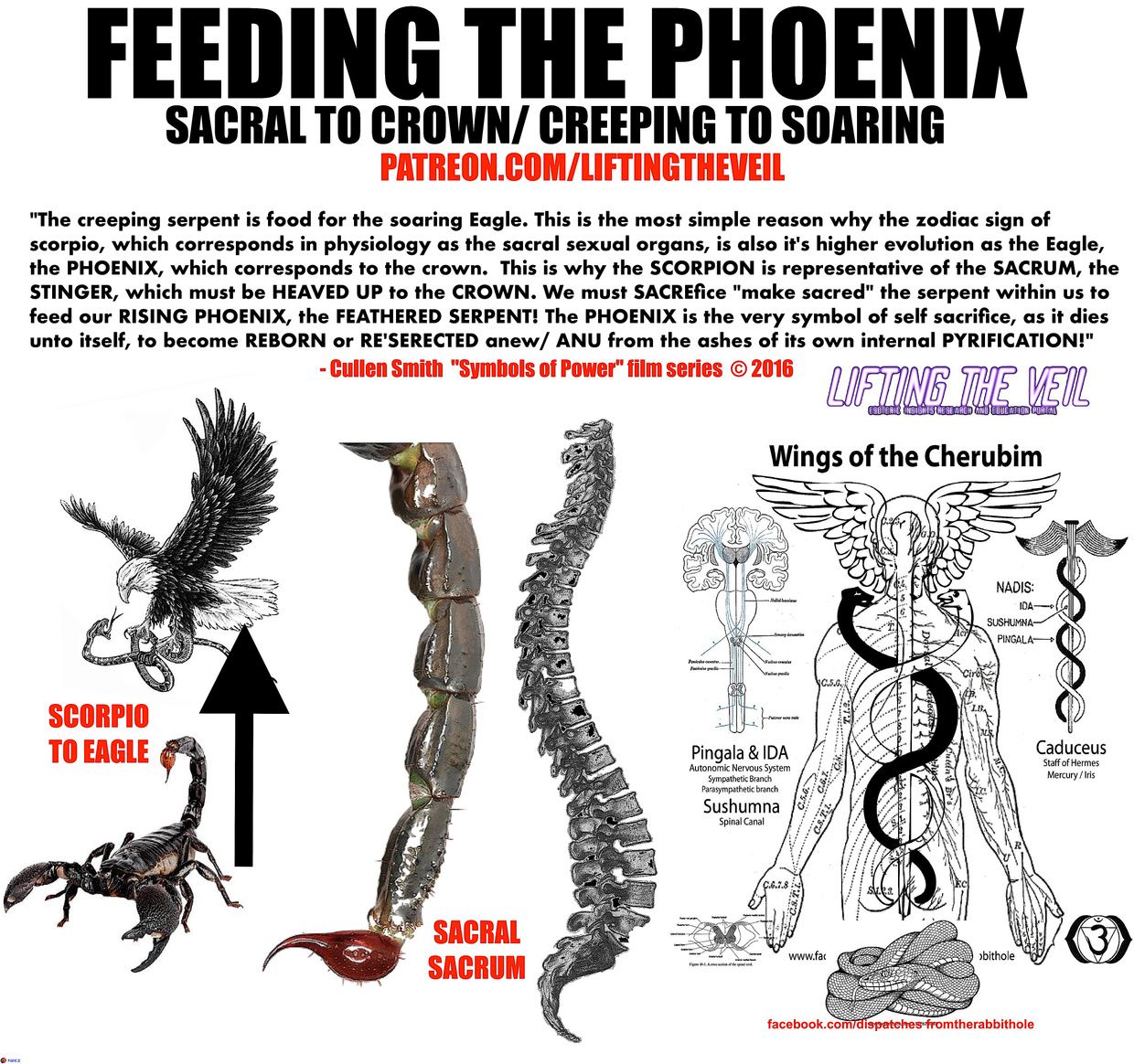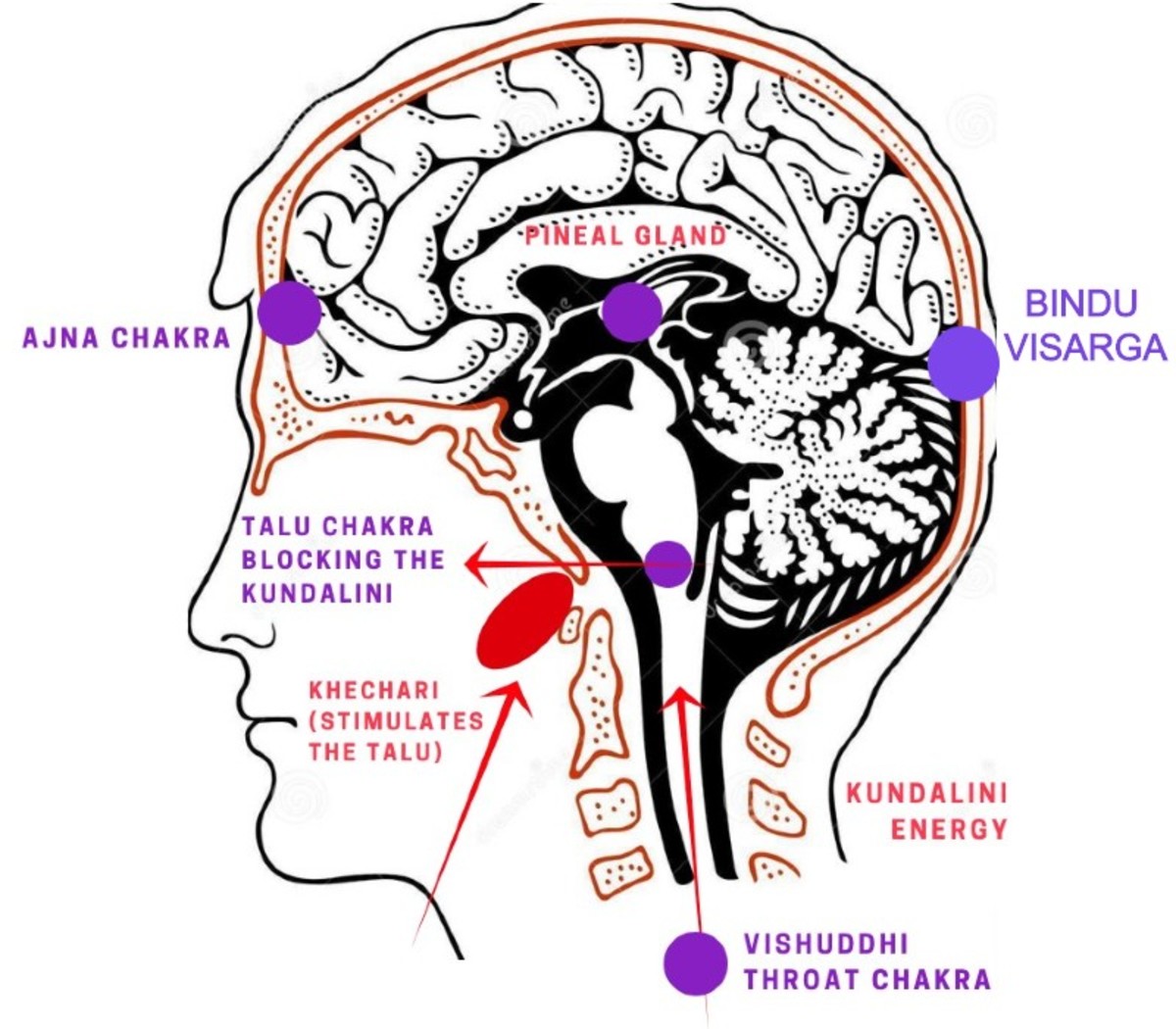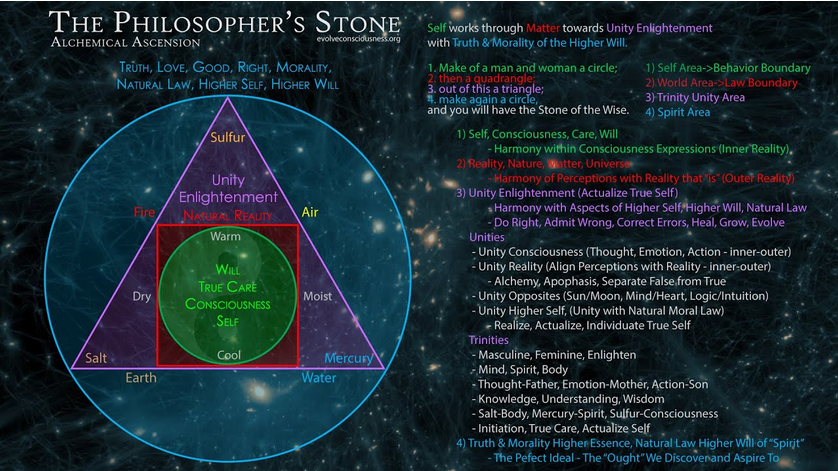
The Legend of The Phoenix Bird. In the alchemical context, the “noble Phoenix” is a symbol of rebirth and stands for the philosopher’s stone. The European alchemists claimed that the elixir was obtained by inverting the elements, such that the spiritual potential hidden inside the metals, and particularly inside gold, comes out in plain sight. Hence the Sages say: “Invert the elements, and you will find what you seek”. The Philosopher’s Stone, “a symbol for spiritual illumination and expanded consciousness.”
In the alchemical context, the “noble Phoenix” is a symbol of rebirth and stands for the philosopher’s stone. As Sendivogius writes, “the Philosophers have created a Phenix, & Salamander…. because it revives it self alone [and] riseth up another body incorruptible”. One of the features the alchemists attribute to the stone is precisely the latter’s immunity against the destroying action of time. Importantly, since the stone “endowes the possessor with Divine Gifts”,124 the condition of incorruptibility proper of the elixir is transferred to the alchemical adept, who thus partakes in the perfection of heaven.
The Phoenix is an emblem of immortality and derived from myths and legends from many cultures that include the Greeks, Egyptians, Arabs and Babylonians. The legend is even found in the Americas long before they were discovered by the known world, as the Thunderbird. And today many Christians identify the Phoenix with Christ’s death, burial and resurrection, however, its legend was an important part of pagan religions long before being adopted by Christianity.
In Egypt, the Bennu was the sacred bird of Heliopolis. The word Bennu was derived from the word “weben”, which means to “rise” or “shine.” The Bennu was also associated with the sun and represented the “ba” or soul of the sun god, Re. As a symbol of the rising and setting sun, the Benu was considered a manifestation of the resurrected Osiris. For the Egyptian Mystery religions it became a symbolic representation of the Death and rebirth of the sun.
Rising is the raising of your inner spirit the coiled snake seeking the light. It is the birth of your inner divine child. It creates a second lease on life that offers you a whole new opportunity to become an open and holistic being. It is as if your primal self rises and transforms like a phoenix rising from the ashes (fire of the Kundalini) of your old self.
It is said that the opening of the ‘third eye’ — seeing with inner vision — as associated with hypnagogic trance state, is really related to the thalamus, and that this awakening in the thalamus is activated by some kind of synchronization taking place between the pineal and pituitary glands in the brain which secrete chemicals — the oils of the tree.
The awakening of the third eye — which is also the name given to the sixth chakra, located just behind the centre of the brow — can lead to the enlightenment experience. It’s interesting that the Egyptian word bennu sounds like the Hindu word bindu and that the benben stone signified the sun, as did the bennu bird.
The root of bennu and benben is probably an Egyptian word meaning ‘to rise’ — a sense that links the rising sun, the phoenix (soul) that rises again and the rising kundalini. We would note, though, that the capstone, or benbenet, of the Great Pyramid at Giza is missing from the structure.
Perhaps, as conventional Egyptology has it, it has simply fallen off, like those of other pyramids, but if so, it has never been discovered. What if it was never there in the first place — as if emphasizing the point that in general man is unconscious of this spiritual source and these life-death-rebirth processes, and that his acknowledgement of them will initiate a collective rebirth? The Philosopher’s Stone, “a symbol for spiritual illumination and expanded consciousness” (quoted from Morrisson 2007, 191).
We would conclude that only then would be the right time to place the capstone on top of the Great Pyramid. Overall, the phoenix myth and everything associated with it is a code that conveys the processes associated with reincarnation.
The process of rebirth — kundalini — that can happen to an individual during his or her lifetime is being used to convey the message that this same process plays its part at the point of death and in the reincarnation of the self after physical death.
The symbolic phoenix device is also being used to convey the `rebirth’ of the Shining Ones after the ‘death’ of their people and the destruction of their homeland. It therefore also symbolizes the rebirth of the human race as a whole.
Figure: The Bennu Delivering the Ankh of Life In this drawing based on an ancient Egyptian papyrus, the Bennu (represented as a heron) sits perched on top of the pillar raised up from the ‘primordial mound’, its nest resembling the crown of the human skull. The bird holds the was sceptre, which symbolizes ‘power’ (over death) in one hand and presents the ankh, the symbol of life, in the other. The image represents the concept of rebirth or life after death.
The Inverted Form of Gold
Both the benben stone and the bennu bird are linked by the phoneme ben. Both names, benben and bennu, are thought to come from the Egyptian verb weben, which means “to rise in brilliance.” The Egyptian word for yellow gold is neb, which is just the inverse of ben. Is this meant to provide a clue as to the true nature of the white and red elixirs? In Hebrew, the phoneme ben means “son of.” The European alchemists often compared the elixir to the divine child or son, born of the alchemical marriage between gold (the king) and mercury (the queen). In this sense, the elixir may be compared to the “son of gold,” which surpasses its father in spiritual potency and brilliance. Mixing languages, the “son of gold” can be expressed as ben neb, where ben is Hebrew for “son of ” and neb is Egyptian for “gold.” The European alchemists claimed that the elixir was obtained by inverting the elements, such that the spiritual potential hidden inside the metals, and particularly inside gold, comes out in plain sight.
Hence the Sages say: “Invert the elements, and you will find what you seek”.
If the Egyptians shared this view, then it would have been natural, given the symbolic nature of their minds, to encode this secret principle by the inverse relations between the phonemes ben and neb. In this case the Egyptian phoneme ben would indicate an inverted form of gold (neb), produced by alchemical means, such that it could be applied to the white benben stone as well as the purple bennu bird, which were mythological equivalents of the white and red elixirs.
The symbol of universal redemption was the gift of love, the petrified pug, a reference to the alchemical White Stone.
It is sown in corruption; it is raised in incorruption: … It is sown a natural body; it is raised a spiritual body 1 CORINTHIANS, 15:42-44



Leave a Reply